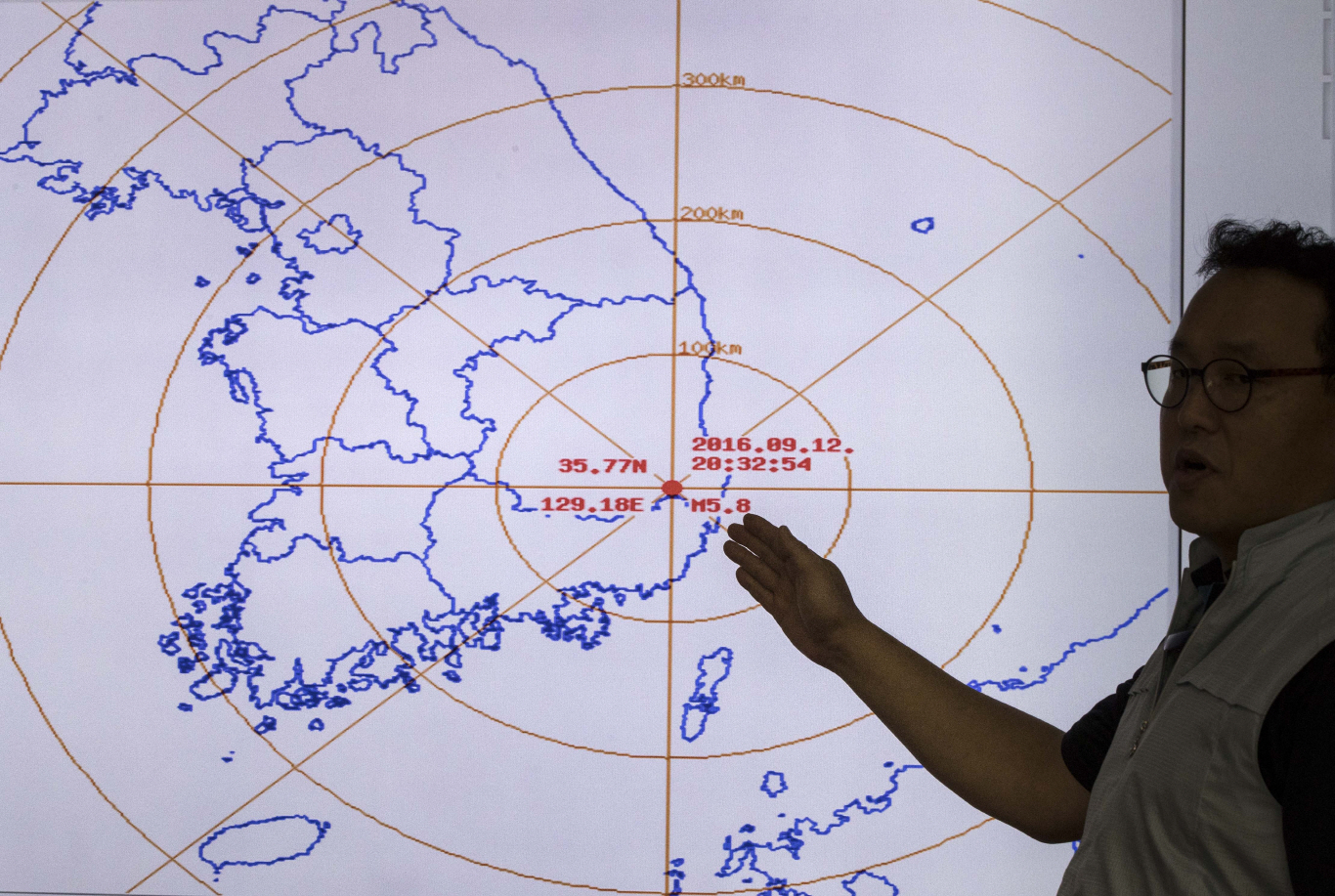
In case of Korea, Korea Meteorological Administration (KMA) detects the earthquake and gathers the information. According to the comprehensive plan about earthquakes and tsunamis that has been published by KMA in 2015, there are currently a total of 389 observatories which allows to inform earthquakes stronger than magnitude 5.0 within 50 seconds.
So, Ministry of Public Safety and Security (MPSS) was supposed to notify the earthquake to people within 50 seconds. However, earthquake alert message was sent nine minutes after the first earthquake occurred. Moreover, earthquake alert message was not sent at all to residents in Seoul, Gyeonggi, and Incheon. KBS, a public broadcasting in charge of disaster broadcast, only informed the fact that earthquake occurred without any action guides or precise information about the earthquake.
MPSS later revealed the reason why the earthquake alert message could not be sent in time. According to MPSS, they can send the alert message after KMA analyzes the magnitude of earthquake and MPSS analyzes the area of influence. The proceeding steps that needs to be made by two different organizations delayed the alert, and people were not able to know exactly about the situation in time.
In Japan, there are over 1,100 earthquake observatories with distance of 20 km between them. Also, Japan is able to notify earthquake within 5~20 seconds. Taiwan has about 800 earthquake observatories with distance of 7km between them, and is able to issue an alarm in 20 seconds. China runs about 950 earthquake observatories along with 800 mobile seismometers. China is also investing on earthquake prediction, currently running 760 earthquake sign observing devices.
Compared to other East Asian countries, Korea is not prepared enough against earthquakes. Since MPSS was newly established on November 2014 in order to wholly take charge of disasters and accidents, sequence of untrustworthy events deeply disappointed people and made the reason for MPSS to exist questionable. One example that shows the disbelief on MPSS and KMA is “Ji Jin-hee Alarm.” Since the earthquake alert message form MPSS was so late, an individual made an application named “Ji Jin-hee Alarm.” It alerts earthquake by collecting posts related about earthquake uploaded in internet. Surprisingly, it was found to be “Ji Jin-hee alarm” to be actually faster than the alert message. It is a consequence that proves inefficient procedures and incompetence of the government.
MPSS announced that they will allow KMA to directly send alert messages without other procedures that caused inefficiency. Also, they aimed to increase about 120 earthquake observatories and to notify earthquakes over magnitude 5.0 within ten seconds by 2020. MPSS should capitalize on their failure in recent earthquakes, and improve enough to keep Korea safe from earthquakes.
м Җмһ‘к¶Ңмһҗ © нҸ¬н•ӯкіөлҢҖмӢ л¬ё л¬ҙлӢЁм „мһ¬ л°Ҹ мһ¬л°°нҸ¬ кёҲм§Җ


